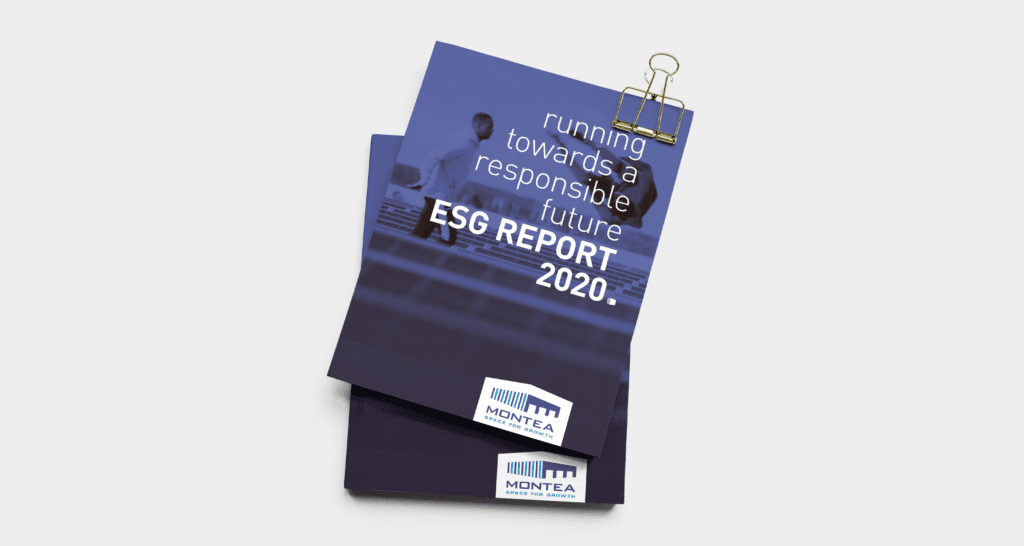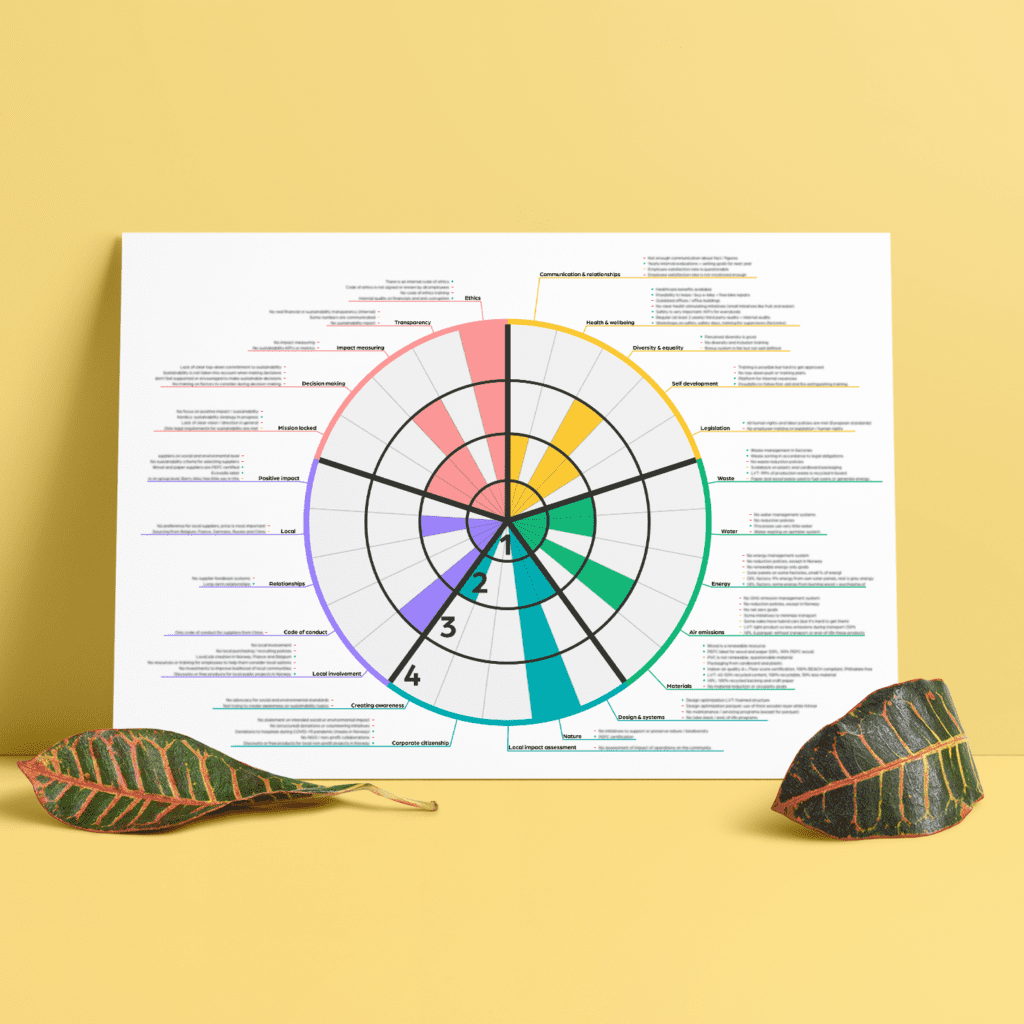Page content
What is a materiality assessment?
A materiality assessment is a process in which a company’s material topics, i.e. its most relevant ESG aspects, are determined. It’s a strategic prioritization exercise used to identify the issues that (can) have the biggest impact on both your company and your stakeholders.
GRI, the Global Reporting Initiative, introduced the concept of materiality into the sustainability reporting context and made it a cornerstone of their reporting framework. The concept has gained popularity ever since.
Why conduct a materiality assessment?
At Quest Impact Design Studio, we see a lot of companies start with a materiality assessment when they want to publish a first impact report. For us, a materiality assessment is a key component of every ESG strategy. It’s the foundation you need to determine the focus of your strategy and the actions needed for implementation. Here’s why:
- You can’t focus on everything all at once. A materiality assessment helps you to focus your time and money on the most relevant topics for your business and stakeholders.
- When done right, a materiality assessment links your ESG strategy to your overall business strategy.
- It allows you to mitigate risks and grasp opportunities when they occur.
- It offers valuable insights into your position in the market and is the ideal foundation for an ESG differentiation strategy.
- It allows you to identify key trends that might significantly impact your business and/or stakeholders in the short and long term
Need help with your materiality assessment?
Our team of in-house experts knows what it takes to engage your stakeholders, define materialities and build a long-term ESG roadmap.
-
1
Understand the context and scope To start, it’s important to determine the scope and purpose of the materiality assessment. In this phase, we typically perform a risk assessment and a competitor & sector analysis. We also recommend analyzing the requirements of the reporting frameworks and ratings that are most relevant to your company.
-
2
A long list of material topics The next step is to compose a long list of material topics. Those topics can include both internal and external aspects of your business. Key criteria for this long list:
- Your company has to be able to manage and influence the material topic
- The material topic can have an operational and financial impact on your business
-
3
Engage internal and external stakeholders
The goal of this step is to create a list of all your main internal and external stakeholders and find out what they think should be your main priorities. Surveys are a useful tool, but we always prefer to include in-depth interviews in this step as well because they help to understand the context of the stakeholder better.
-
4
The materiality matrix: prioritize and select
In a workshop with all decision-makers, you analyze all insights from the previous steps and make an informed decision to go from a long list to a final list of material topics. The result is visualized in a clear materiality matrix.
-
5
Communicate and monitor
As a final step, you have to make sure all stakeholders, internal and external, understand your materialities. All relevant internal departments should be engaged around these materialities. They should know which materiality KPIs are tracked and they should be involved in the creation of the roadmap to reach all relevant ESG goals. A materiality matrix is a good tool to visually summarize the materialities for all stakeholders.




